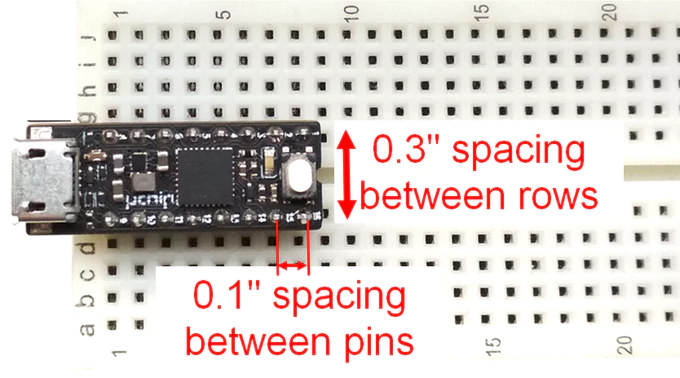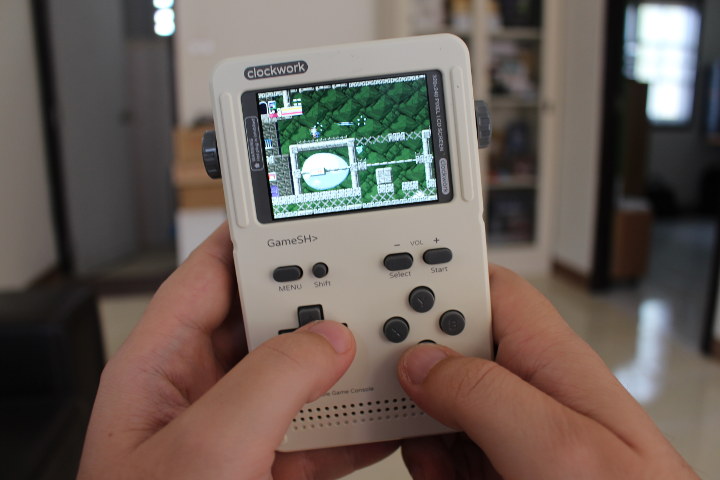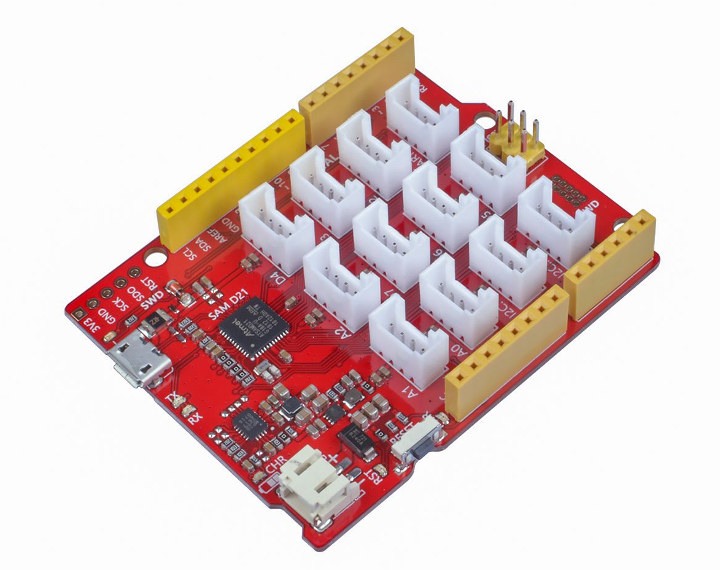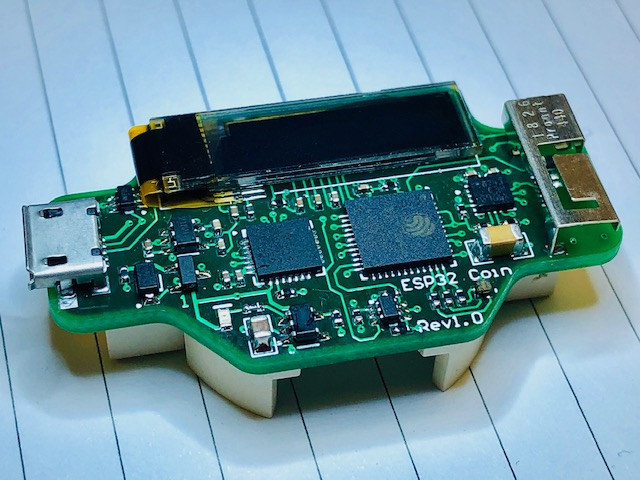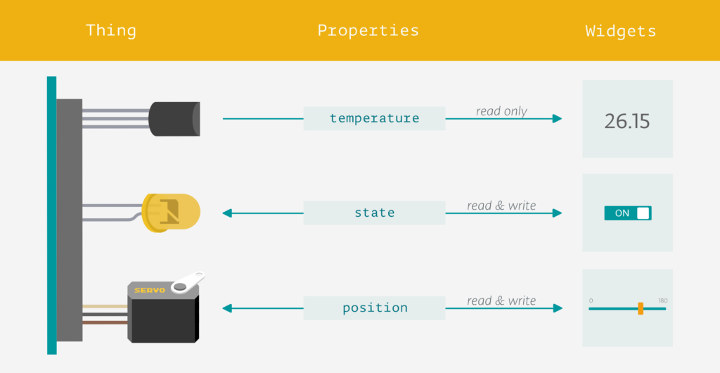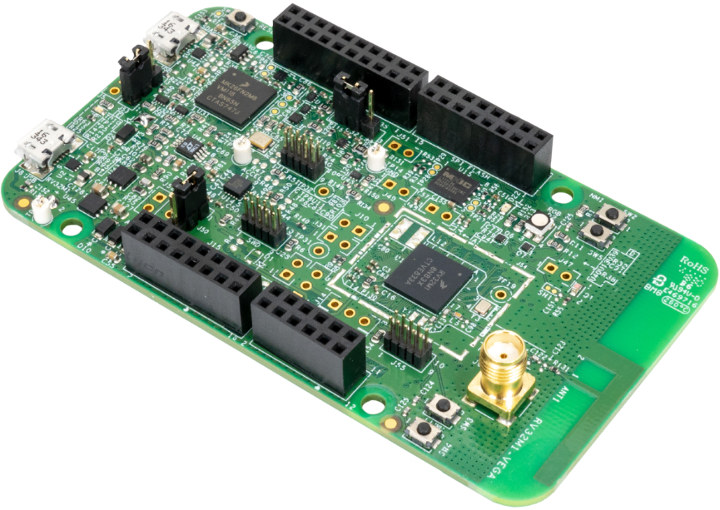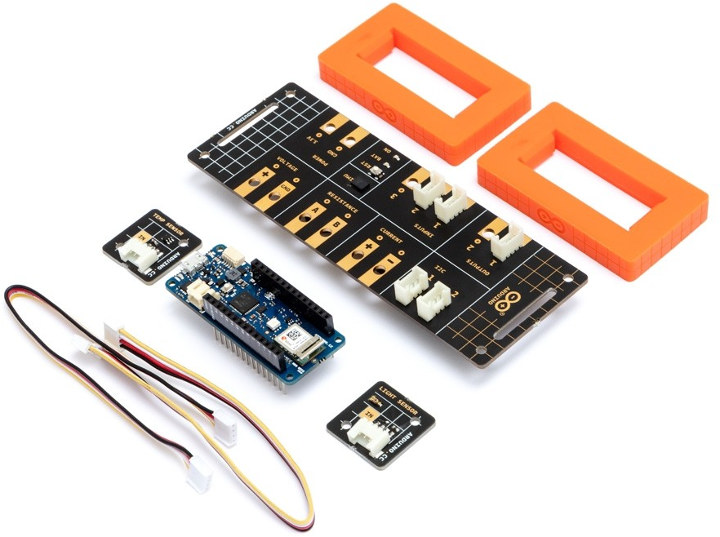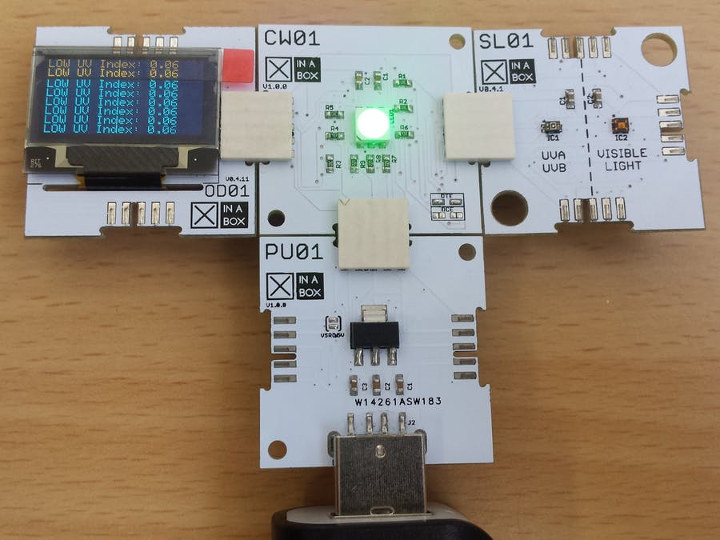Most so-called breadboard-friendly boards that can easily be inserted into a breadboard often leave only one or two rows to play with on each side. This may suitable in many cases, but some people really want to use as many rows as possible, and come up with a solution using 90 degrees headers with 0.3″ spacing between them, just like 0.3″ wide chips do, and allowing the use of 4 rows on each side of the board. It does the trick, but this is not a standard solution, requires some bending of the headers, and covers part of the board so it’s not really ideal. A better way would be for somebody to design a narrow board using headers with 0.3″ spacing, and that’s exactly what Itaca Innovation has done with their Arduino Zero compatible uChip board designed in a 16-pin DIP package. uChip specifications: MCU – Microchip SAMD21 Arm […]
GameShell Kit Review – Part 2: An Hackable Retro Gaming Console
ClockworkPi GameShell is an hackable retro gaming console combining Arm Linux and Arduino boards that happens to come in kit form, and that’s lot of fun to assemble as we’ve seen in the first part of the review of ClockworkPi GameShell. Since then I’ve had time to have more fun, play some games, and experiment with the device, so I’ll report my experience and point out the good parts, as well as some of the shortcomings I came across. We can press the power button to start it up, and after a few seconds we get to the main menu with several icons including… the self-describing Settings, Retro Games with MAME, MGBA, NESTOPIA, and PCxs emulators that require your own ROMs/BIOS, as well as Indie Games with ready to play games like OpenTyrian spaceship shooting game, or NyanCat. Moving on to the right of the menu we’ve got the famous […]
Seeeduino Lotus Cortex-M0+ is a $10 Arduino compatible Board with 12 Grove Connectors
Grove modules are cool little add-on boards that connect through 4-pin header using UART, I2C, analog or digital I/Os, and usually you’d need to buy a HAT or shield to connect them to respectively Raspberry Pi or Arduino board. But Seeed Studio has come up with a small Arduino compatible board based on Microchip SAMD21 microcontroller called Seeeduino Lotus Cortex-M0+ that may be the cheapest “Grove” solution around as it sells for just $9.90. Seeeduino Lotus Cortex-M0+ specifications: MCU – Microchip Atmel SAMD21 Arm Cortex-M0+ microcontroller at 48MHz with 256KB Flash and 32KB SRAM as found in Arduino Zero. USB – 1x micro USB port for power and programming Expansion 12x on-board Grove connectors (6x Digital, 3x Analog, 1x UART and 2x I2C) Arduino UNO headers 14x Digital I/O Pins (10 PWM outputs) 6x Analog Inputs I/O pins are 3.3V, do not input more than 3.3V, otherwise the CPU may […]
ESP32 CoinCell is a Tiny, Coin Cell Powered ESP32 Pico D4 Board
ESP32 boards can easily be powered by batteries, either through an external USB battery shield, or direct connection to an ESP32 board fitted with battery charger circuitry. But Miek Rankin has done something a bit different, as he designed ESP32 Coincell board based on an ESP32 Pico D4 SiP (System-in-Package) powered by a rechargeable LIR2450 coin cell battery with 100mAh capacity. ESP32 CoinCell board specifications: SiP – Espressif Systems ESP32 Pico D4 Wifi/Bluetooth processor Connectivity 802.11 b/g/n WiFi up to 150 Mbps Bluetooth 4.1 LE On-board antenna Display – 0.69″ OLED display with 96×16 resolution USB – 1x micro USB port for charging and debugging (via CP2102N USB to TTL chip) Sensor – LIS3DHTR accelerometer Battery / Power Supply SE5218ALG-LF 500mA LDO power supply SL4054ST25P LiPo battery charger Socket for for LIR2450 (3.7V/100Mah battery) Consumption – 0.45mA in sleep mode Dimensions – Small If you don’t connect the battery, the board […]
Arduino IoT Cloud Public Beta Launched
It’s long been possible to get data from sensors connected to official or compatible Arduino board, upload it to some cloud services, and watch the results is a neat web interface. But until now, you had to rely on third party services such as ThingSpeak, Adafruit.io, or Thinger.io to name a few. Arduino has now announced their own Arduino IoT Cloud services is entering public beta. You’d normally need to modify the sketch by hand to connect an Arduino board to the cloud, but Arduino IoT Cloud can automatically generate a sketch when setting up a new project, and help you get started quickly in less than five minutes. The Arduino IoT Cloud supports HTTP REST API, MQTT, Command-Line Tools, Javascript, and Websockets, and devices are secured using X.509 certificate-based authentication. To get started, you’ll need an Arduino MKR board, and create an account or login to Arduino IoT Cloud. […]
OpenISA VEGAboard Combines RISC-V and ARM Cortex-M Cores
OpenISA has launched an Arduino compatible RISC-V development called VEGAboard that features RV32M1 wireless microcontroller with a RISC-V RI5CY core, a RISC-V ZERO-RISCY core as well as Arm Cortex-M4F and Cortex-M0 cores, and a radio operating in the 2.36 GHz to 2.48 GHz range. An external NXP Kinetis K26 Arm Cortex-M4 MCU is added to the board for OpenSDA (Open-Standard Serial and Debug Adapter) debugging over a single USB cable. The board was offered for free, I’m just not sure when, but they are already out of stock. Hopefully, they’ll start selling the board soon enough. VEGAboard (RM32M1-VEGA) board key features and specifications: Ultra-low-power RV32M1 Wireless MCU supporting BLE, Generic FSK, and IEEE Std 802.15.4 (Thread) platforms IEEE Std. 802.15.4-2006 compliant transceiver supporting 250 kbps O-QPSK data in 5.0 MHz channels, and full spread-spectrum encoding and decoding Fully compliant Bluetooth v4.2 Low Energy (BLE) Reference design area with small-footprint, low-cost […]
Google & Arduino Unveils the Arduino Science Kit Physics Lab
Google and Arduino have partnered together to developer and launch the Arduino Science Kit Physics Lab, the first official Arduino kit designed for middle school curriculum (ages 11 to 14). Based on Arduino WiFi MKR1010, the science kit will allow pupils to experiment with forces, motion, and conductivity, and log data with Google’s Science Journal “digital science notebook” app for Android. Arduino Science Kit Physics Lab kit content: Arduino MKR WiFi 1010 based on Microchip SAMD21 Cortex-M0+ MCU and Espressif Systems ESP32 WiSoC (WiFi + Bluetooth) Arduino Science Carrier Board 2x Silicone standoffs 1x Flat micro USB cable 1x Grove-compatible light sensor module 1x Grove-compatible temperature sensor module 1x Grove-compatible white LED module 3x Grove Cable 20cm – universal 4-pin connector 2x Double-ended cable: crocodile clip/banana plug (50 cm), 2x Double-ended cable crocodile clip/banana plug (20 cm) 1x Magnet 1x Hook-and-loop Velcro strap, 1x Hook-and-loop Velcro dot 2x PCB sticks, 1x […]
XinaBox’s xChips Enable Modular Electronics for Makers & STEM Education
So today, I decided to have a look a 96Boards website to see if there was anything new from the community, and I came accross “X in a Box B901“, an “☒CHIP is designed to interface with the 96 Boards, such as the Dragonboard 410c. This provides an interface to support the ☒CHIP ecosystem, adding support for many additional sensors etc…” I had no idea what it was all about, so obviously I had to investigate. Xinabox (X in a Box) is an ecosystem of modular electronics boards used for developing, making products and learning. There are now over 70 modular xChip” with cores/CPUs, sensors, power, communication, output, and storage. They are interconnected together without wires, soldering, breadboards, and adapters are provided for Raspberry Pi, 96Boards, and other development boards. xChips can be sorted into 8 categories: Cores – MCU/CPI cores based on Microchip ATMega328P, SAMD21, ESP8266, or ESP32 with […]


